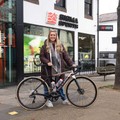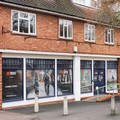Track cycling is a thrilling sport, where speed and technique are key. Learning how to ride a fixed gear and navigate the banking is key to becoming a competent track cyclist. Nuun Sigma Sports Team's George Gori has numerous years of experience of riding and racing on the track and below gives us his top tips for making your track experience an enjoyable one.
Handlebar position

A good guide for handlebars is to mimic your road set up to start with, especially when starting off it’s often wise to have a slightly higher bar set up (less drop) than your road position as 90% of the time riding track you will be on the drops. This is due to track bikes not having lever hoods to rest on so the most usable position for controlling the bike and pulling on the bars is on the drops.
Crank Arm Length
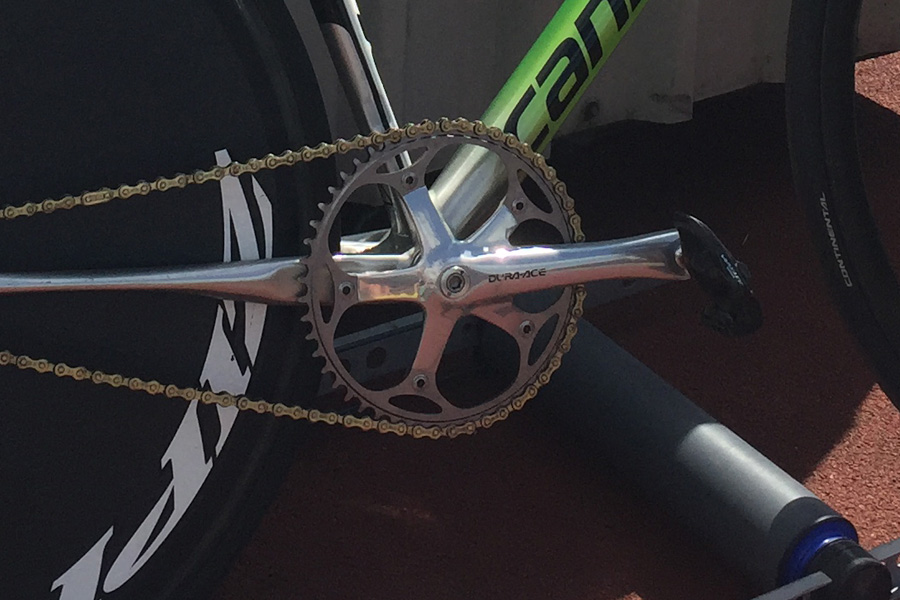
Often to facilitate the high cadence of track cycling, a little less saddle setback is used to put you closer to the bottom bracket. Using shorter cranks can help with keeping your cadence high. Often track riders use either 165 or 170mm length cranks.
Wheels

Most good track riders don't tend to use deeps/disc wheels unless they are racing. A nice set of straightforward spokes wheels Mavic Open Pro/Mavic Ellipse with good quality tyres are perfectly adequate for training and fun racing, especially outdoors. Tyre pressures can be run quite high (120psi) as the track is always smooth, the key for indoor track is to have good quality clean tyres for grip on the banking.
Race Wheels
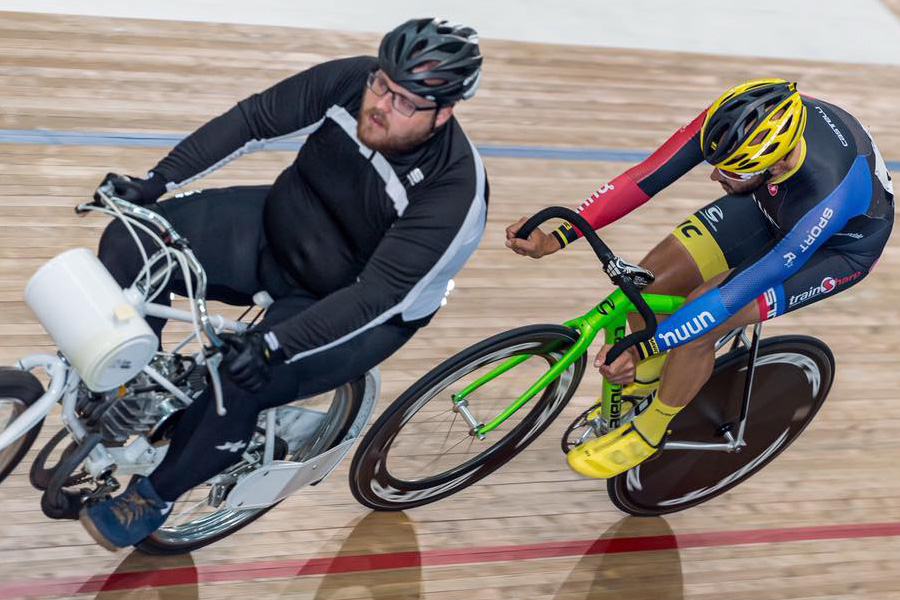
When racing becomes a little more serious, a pair of deep carbon wheels or a disc and deep front are the wheels of choice, always run tubulars for the safety aspect in case of a puncture as a tubular will still stay on the rim and offer a level of grip even when flat and trying to slow from high speeds on the banking. A fast set of wheels is where the money is best spent in track racing and will make the most difference.
Gearing

The majority of velodromes suggest for training sessions to run a 90" gear, which equates to a 50t chainring and 15t rear sprocket, this will give you a gear good enough to work you hard but not be too light so that you are spinning flat out all of the time. Gears for racing are much more down to preference and fitness but range from 51t-15t to 51t-14t for most riders.
Track bike

A specific track bike is a must. Fast, lightweight and reliable, Cannondale's CAAD10 Track Bike is made from SmartFormed 6069 Alloy and is the team issue bike for Nuun Sigma Sports.
Starting

As with almost all situations on a velodrome, you will be asked to wait in the holding area, then ushered out onto the inner part of the track and asked to line up onto the fence. This is your opportunity to get on the bike, clip in and get comfortable. From there, whether you are racing or training, you'll then be asked to roll away and get up to speed on the flat before joining the banked track. This ensures enough speed and inertia to maintain grip on the steeper parts of the track.
Track position

The Cote 'd Azure (light blue inner part of the track) is only used for speeding up and slowing down, joining and leaving the track. The black line is the shortest distance around track, the fastest line and the racing line. The red line is known as the sprinters line, when sprinting during the last lap of the race you must stay below this line, this keeps the riders that are overtaking safer as they know the rider leading the race won’t stray from this line. The blue line is for training, resting riders and groups will roll around the track on this line to maintain speed while other riders are doing "efforts" below this line during training drills. Also lapped riders and resting riders in a madison should stay above this line to stay out of the way of those racing.
Stopping

When a training drill or race is finished, you are usually given about a lap and a half to slow, descend to the Cote 'd Azure and reduce speed till the point that you can safely apply back pressure on the pedals to come to a stop and leave the track centre. You must always remain clipped in as it’s your only way to control speed until you have actually stopped.
Riding out of the saddle
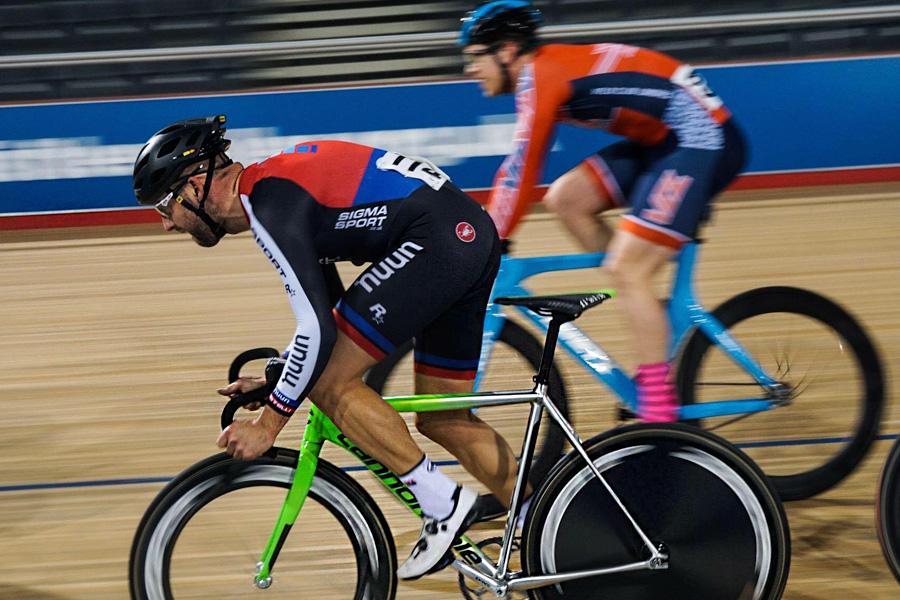
Much the same as on a road bike, it’s far less common than on road due to high cadence but does happen from time to time. It can be practiced on your road bike by sprinting then sitting down without letting the bike freewheel at any point..... keep an ear out for that hub clicking!
Clothing

For training and beginners, a jersey and short will see you right, most velodromes suggest the use of mitts and a base layer in case of a slide to avoid the usual road rash.Skin suits are the most comfortable for racing as they stay put and don't move around when moving about on the bike.
Warm up/cool down
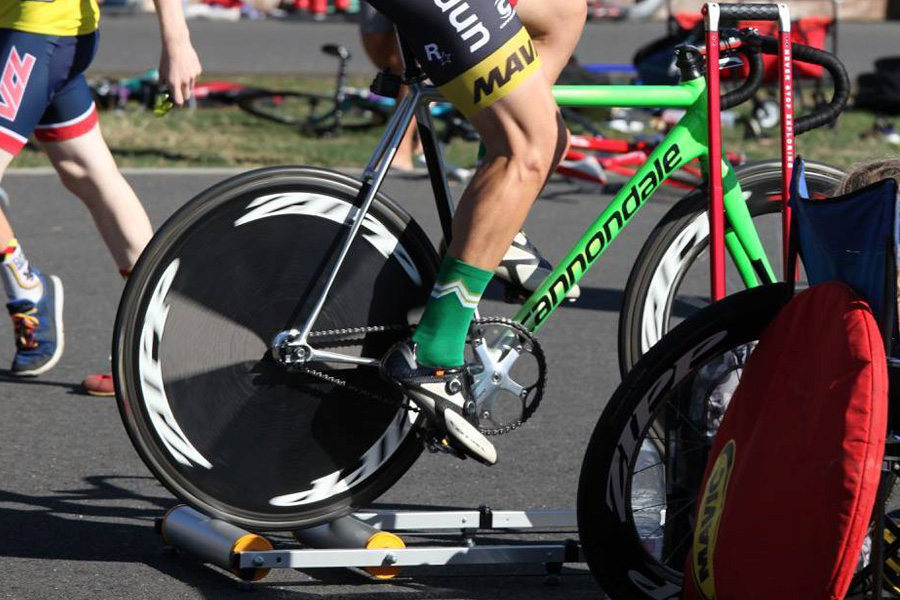
Most training sessions will include a 15-20 minute structured warm up, usually laps on the front in pairs then swing off and join the back of the group. Again a cool down free period of track time is usually included to save having to bring rollers to training sessions. For racing 99% of riders warm up on rollers, usually starting with steady high cadence spinning then a few top end "spin ups" to get your legs used to the maximum leg speed. Cool down tends to consist of 5-10 mins low resistance fairly high cadence to spin the lactic from the legs.
Fixed gear training

If you are keen to ride on track it’s well worth spending time riding a fixed wheel on the road. You will become used to the quirks of it, getting in and out of the saddle, remembering to pedal and making yourself comfortable on the bike even when you continue to pedal. It’s also a brilliant way to train in winter.
Click HERE to return to the Sigma Sports Blog


